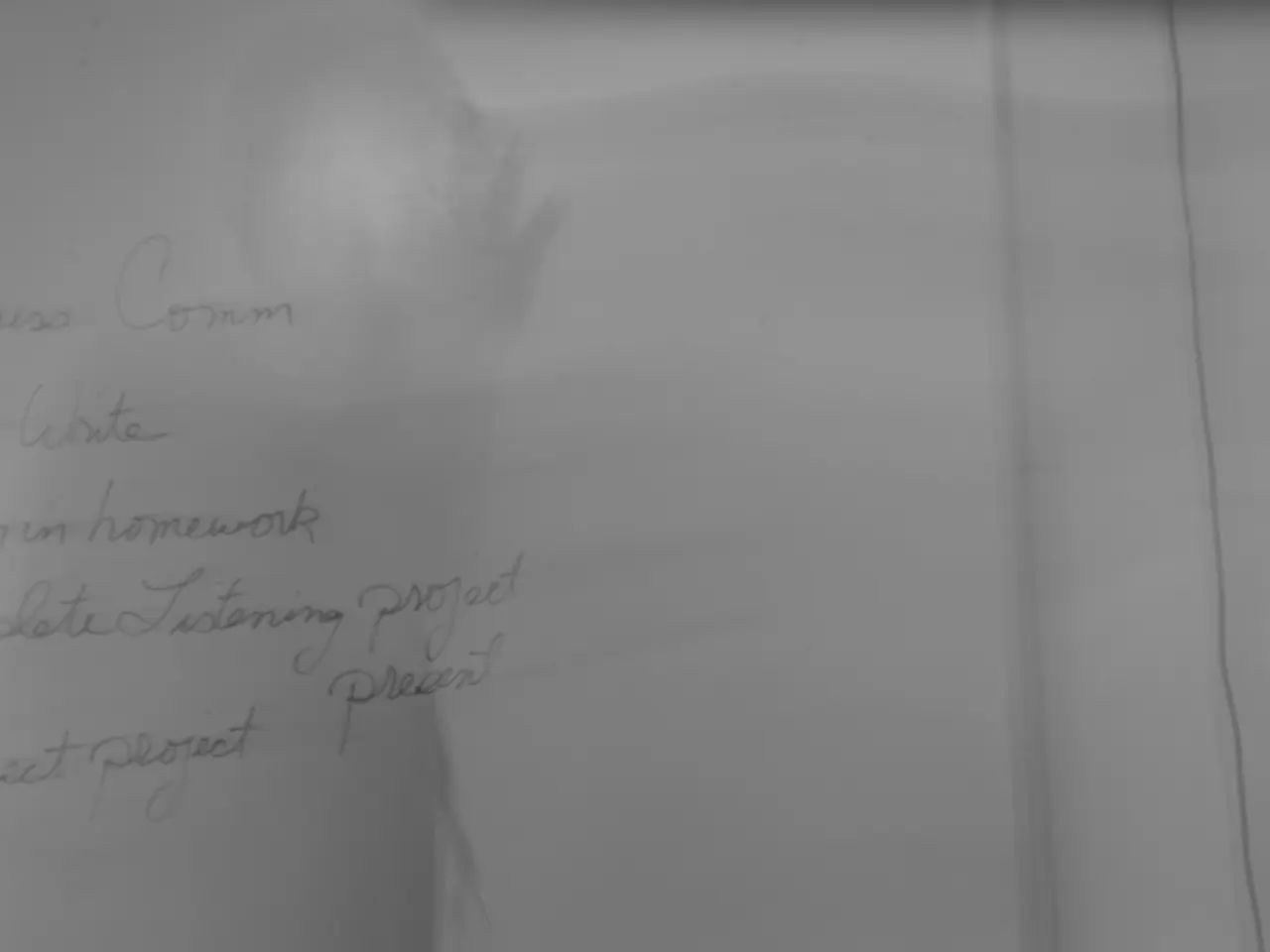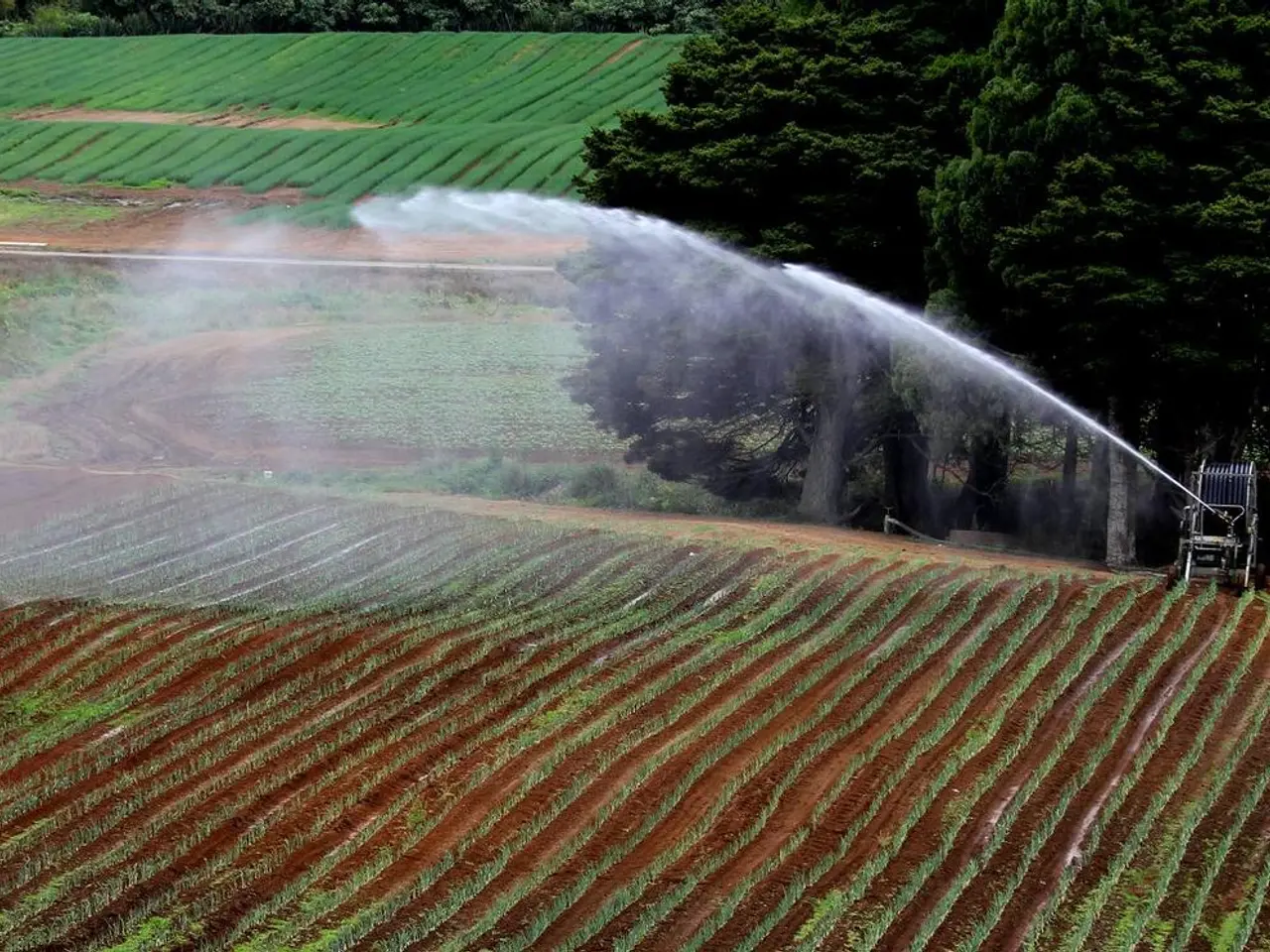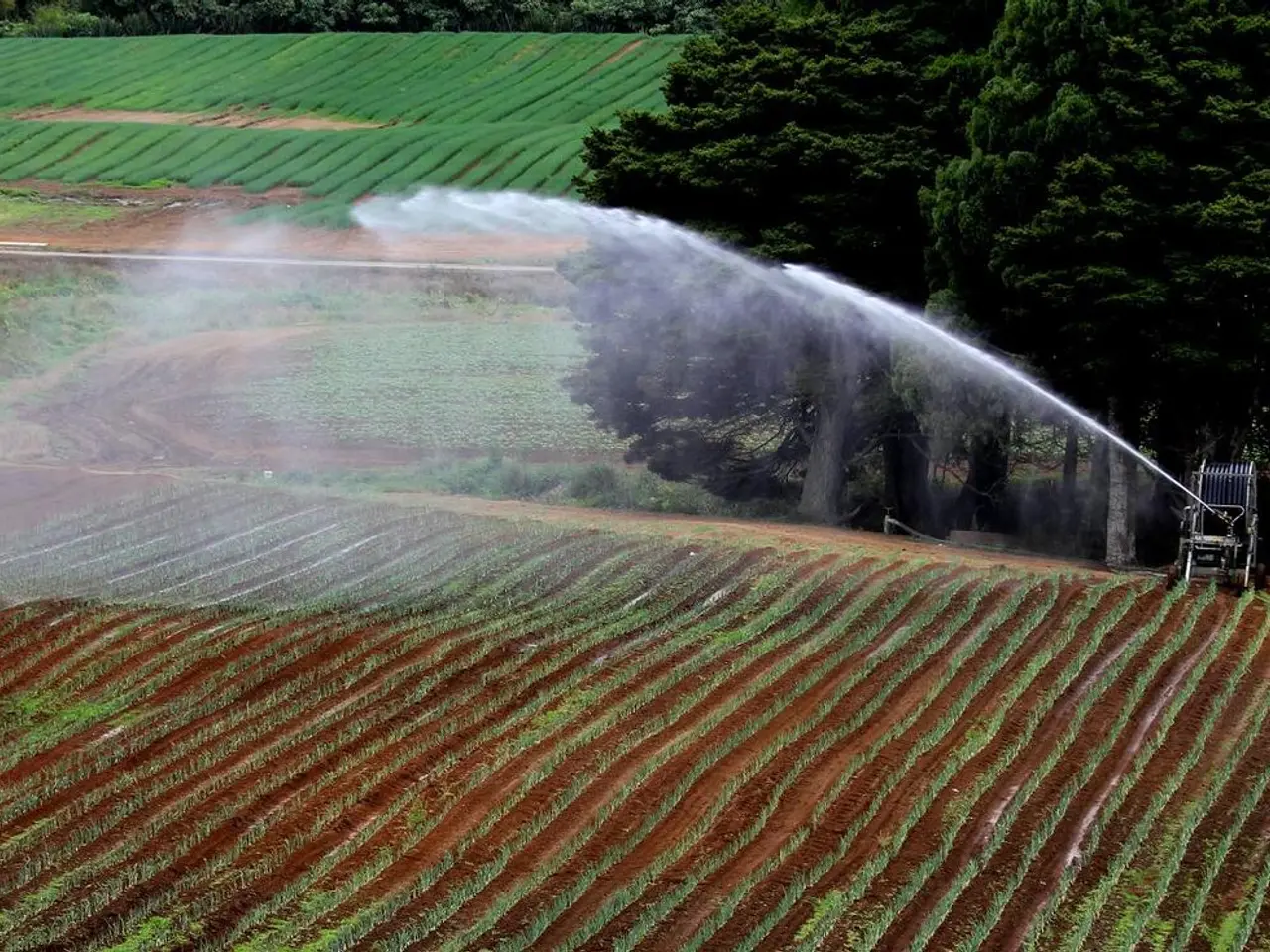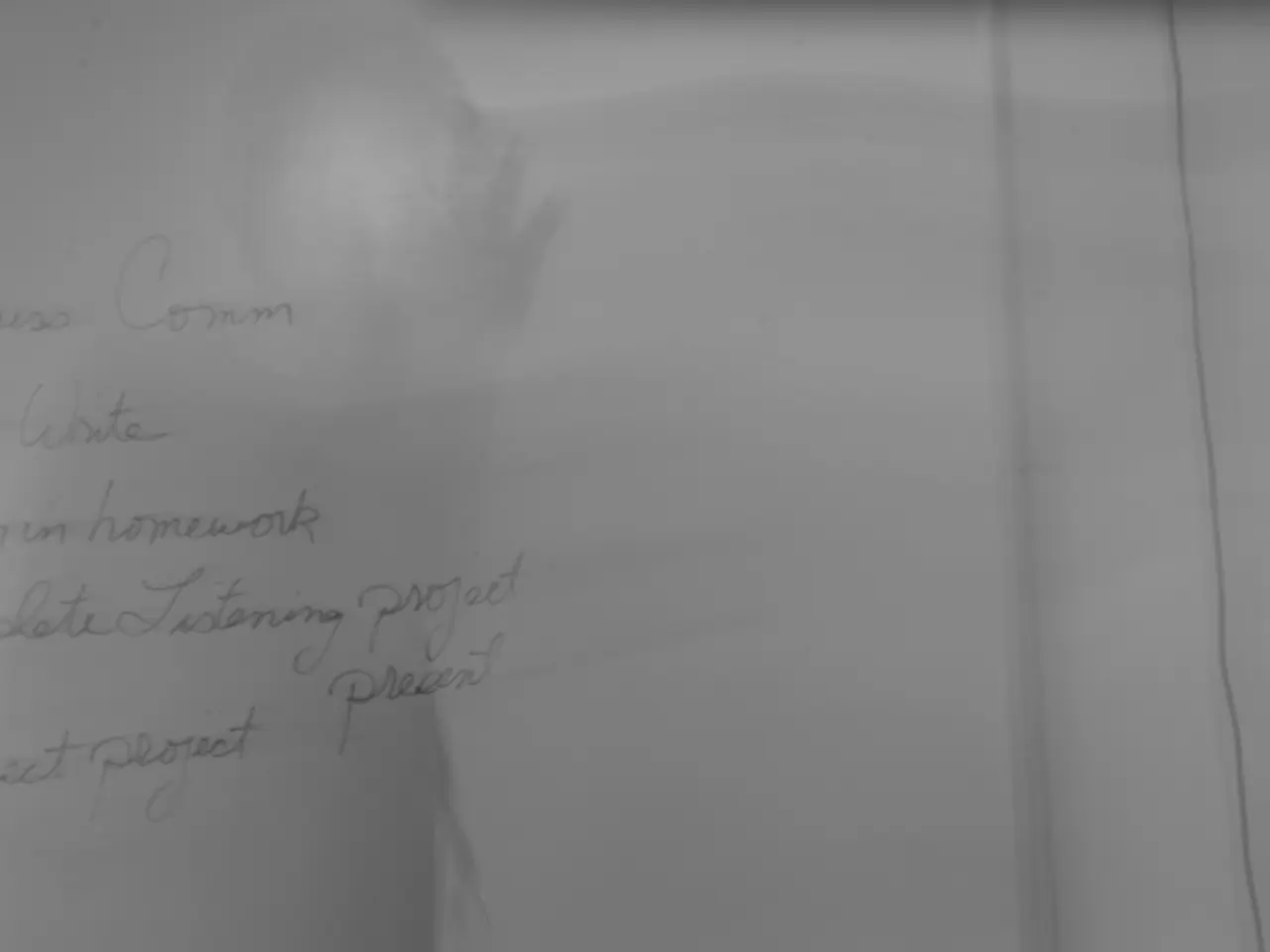Trump Announces Implementation of Reciprocal Tariffs Commencing This Week
New Reciprocal Tariffs Announced Under President Trump's Executive Order
On July 31, 2025, President Trump issued an executive order detailing new reciprocal tariff rates for individual countries. The updated reciprocal tariff rates apply to approximately 70 countries, with rates ranging from 10% to 41%, mostly between 15% and 25%.
Key details of the new tariff regime include:
European Union (EU): A two-tier tariff structure applies. For EU-origin goods with a current general duty rate below 15%, the reciprocal tariff equals 15% minus the general rate of duty. For goods with existing duty rates at or above 15%, the reciprocal tariff is 0%.
United Kingdom: Secured the lowest country-specific rate of 10%, matching the baseline rate.
Mexico: Has a 90-day grace period from July 31, 2025, continuing to pay a 25% fentanyl tariff, but otherwise subject to rates set out in the order until further notice.
Other Countries in Active Trade Negotiations: Countries such as Cambodia, Indonesia, Japan, Philippines, Pakistan, South Korea, Thailand, and Vietnam have tariff rates as specified but may be subject to changes pending negotiation outcomes.
The order took full effect on August 7, 2025, with tariffs stacking on top of other existing tariffs except Section 232 tariffs. Any country not listed in Annex I to the order faces the default 10% rate.
Notable points include:
- If a product is transshipped to evade the reciprocal tariffs, it will be subject to an additional duty of 40%.
- Goods from Annex I countries that are in transit before the tariffs take effect on August 7 can be imported without the new tariffs if they are imported for consumption or withdrawn from a warehouse for consumption before 12:01 a.m. EST on October 5.
- The overall US effective tariff rate under this order is about 18.6%, the highest since 1934.
- The specific tariff rates per country are detailed in Annex I of the executive order, which is the principal legal reference for exact numbers.
WilmerHale is closely monitoring developments with respect to the reciprocal tariff regime and is prepared to advise clients on how to navigate and mitigate the effects of these tariffs, including potential new tariffs on products such as pharmaceuticals and semiconductors.
The status of countries that have not struck deals with the Administration continues to be fluid, as do the terms of the deals with those countries that have reached an agreement. The updated reciprocal tariff regime imposes country-specific rates mostly between 10% and 41%, with special structures for the EU and exceptions or grace periods indicated for some key countries, applying since August 7, 2025.
- The new reciprocal tariff regime, introduced under President Trump's executive order, has significant implications for various industries and businesses worldwide, particularly in personal-finance and general-news sectors.
- The order, effective since August 7, 2025, imposes country-specific rates ranging from 10% to 41%, with some exceptions or grace periods for key trading partners like Mexico and the UK.
- The updated tariff structure potentially affects both domestic industries and foreign imports, which could influence investment decisions in the finance sector.
- The ongoing status of countries not striking deals with the Administration, along with the terms of agreements with negotiating partners, adds an element of uncertainty to the global business and finance landscapes, making it crucial for both small-scale and large-scale investors to stay updated on crime-and-justice and politics developments.




